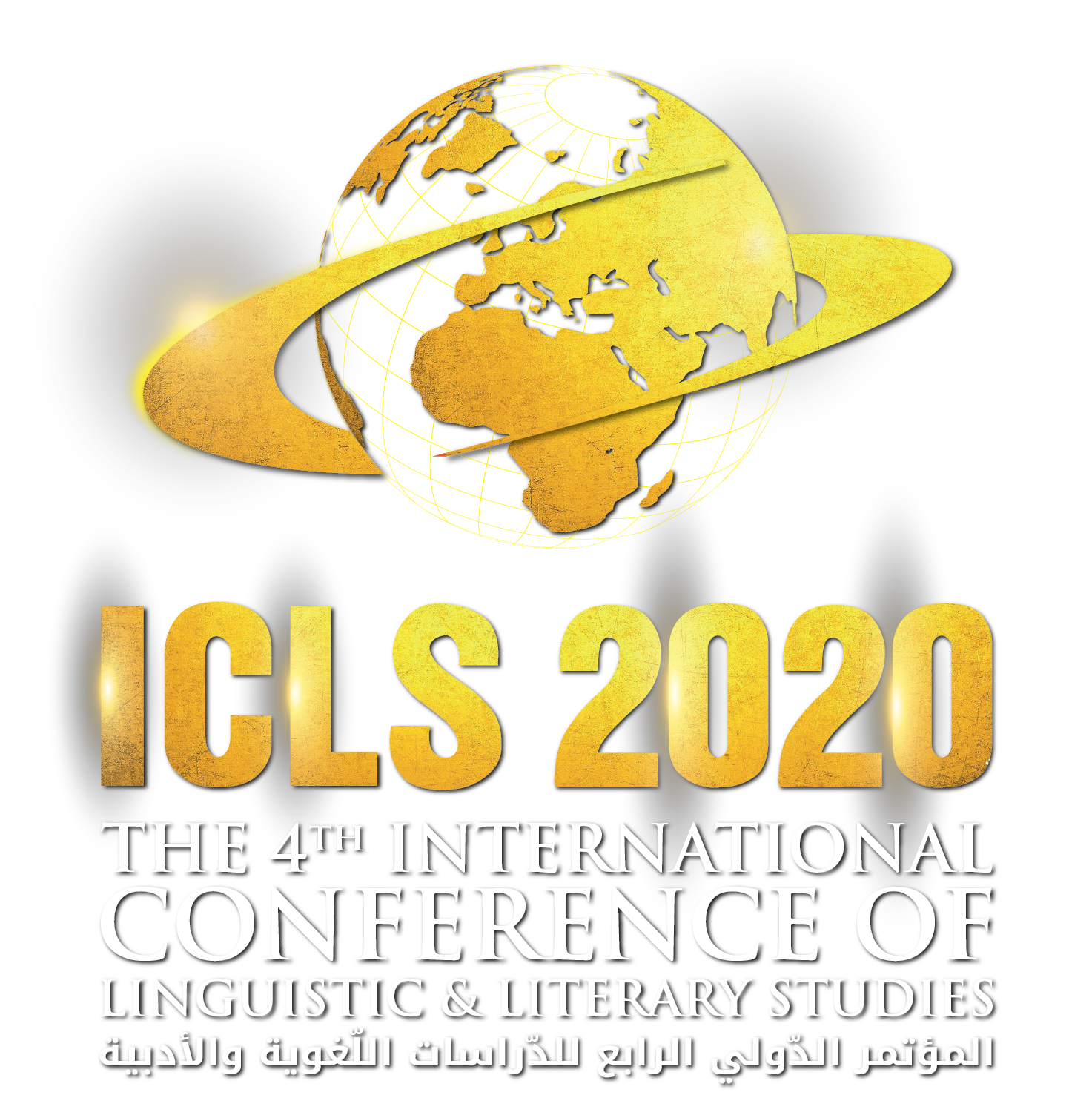The first theme: the integration of linguistic and literary sciences:
- Integration between linguistic, literary, and other sciences.
- Linguistic creativity in various cognitive fields.
- Integration between the language of the Holy Quran and the languages of the world.
- Integration between Arabic literature and contemporary Western literature.
- The fruits of complementarity between language sciences and literary studies.
- Integration between linguistic and literary sciences and Islamic Sharia sciences.
Integration between linguistic, literary and educational sciences
The second theme: the miracle of the language of the Noble Qur’an and the Sunnah of the Prophet and its regenerative role of language.
- The miracle of the Quranic word in its context.
- Rhetorical and linguistic miracles in the verse.
- The miracle of the noble Qur’an in various topics of the surah.
- Prophetic rhetoric in the hadith.
- The rhetoric of the Prophet in the context of the Prophet in its context.
- The prophetic miracle in the sentences that were not preceded by the Arabs, may God bless him and grant him peace.
- Prophetic rhetoric in his sermons, peace be upon him.
Prophetic rhetoric in his messages, peace be upon him
The third axis: innovation in linguistic and literary studies:
- Recent trends in audio, morphological, grammatical, and semantic studies.
- Conflict and linguistic coexistence
- Applied Linguistics
- Linguistic terms in applied sciences
- Comparative Critical Studies
- Discourse analysis mechanisms
- Literary Arts (poetry, story, novel, drama, essay, etc.)
- Influence and impact among global literature
- Modern experiences in literary studies
- Rhetorical Qur’anic Studies
- Islamic Literature
– Critical approaches and theories
– Using linguistic and literary experiences to serve the community
– Recent trends in English language studies and linguistics
– Employment of translation in the service of language
– Teaching foreign languages
– Renewal in postgraduate programs
– The role of linguistic councils in the linguistic renewal
– The most important of the dictionary and the true use of the language.
The fourth axis: e-learning and its importance on campus and online education
- Building and developing educational curricula
- The means of modern technology to serve the educational process
- The best methods of teaching
The fifth axis: language and communication
– Facilitating the teaching of languages and literature
– Designing educational courses for languages and literature
– Teaching languages to non-native speakers (ambition and innovation)
– Education in the mother tongue and its impact on the scientific renaissance of peoples.
– Modern software and its role in serving language and literature.
– Using modern technology and communication networks to teach languages.
– The Races differences of the learners.
– Modern approaches to language teaching.
– Levels of the Arabic language today.
– The proposed curricula for teaching.
– Educational modes to increase communication efficiency
– Arabic and confronting slang
– Slang in the media.
– The cons of using colloquial dialect in teaching
-Linguistic duplication in the Arabic language
– Modern experiences in linguistic studies
– Language, its role and position in building an identity in the contemporary world
– Promoting educational institutions
– Teaching language for special purposes

